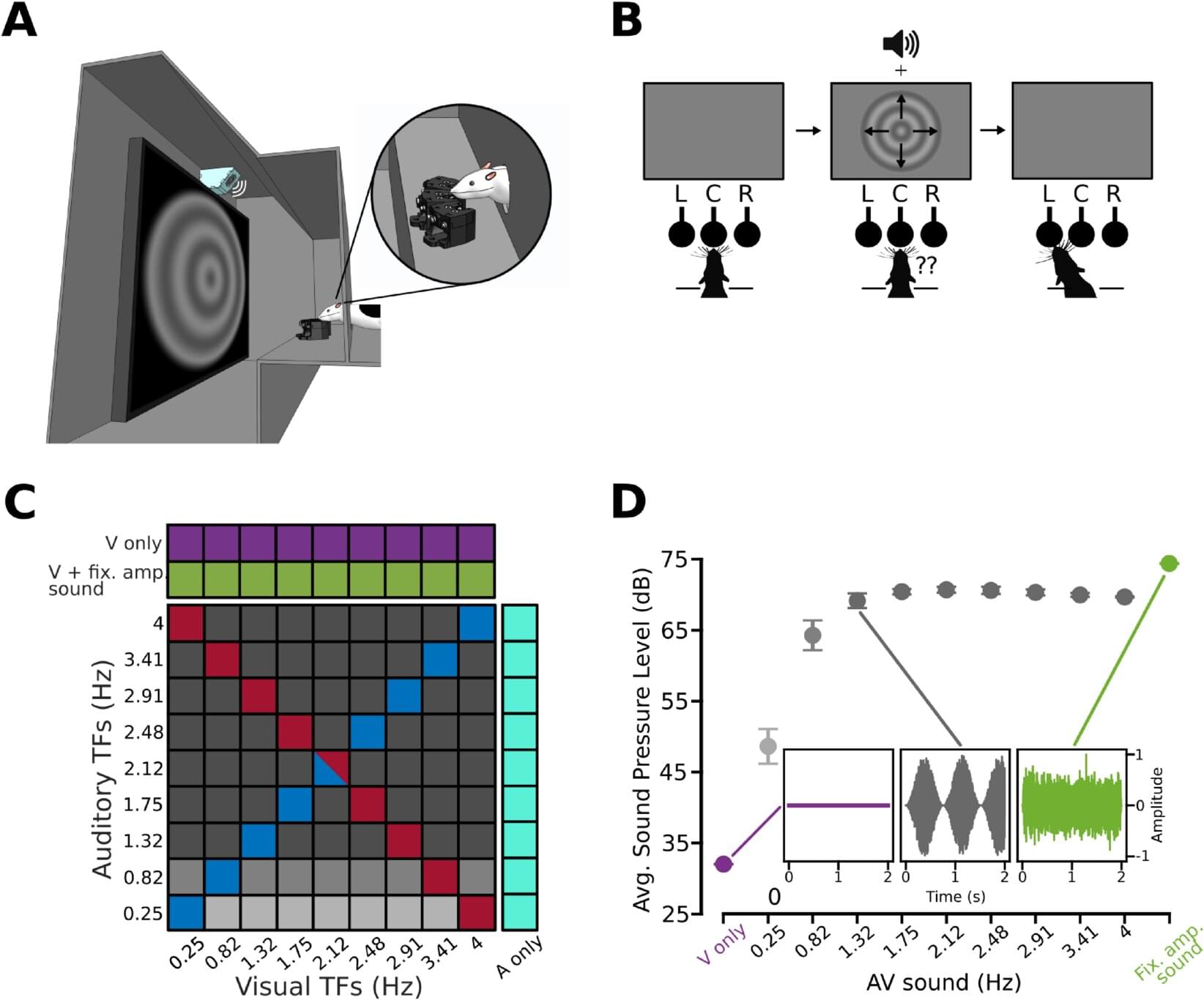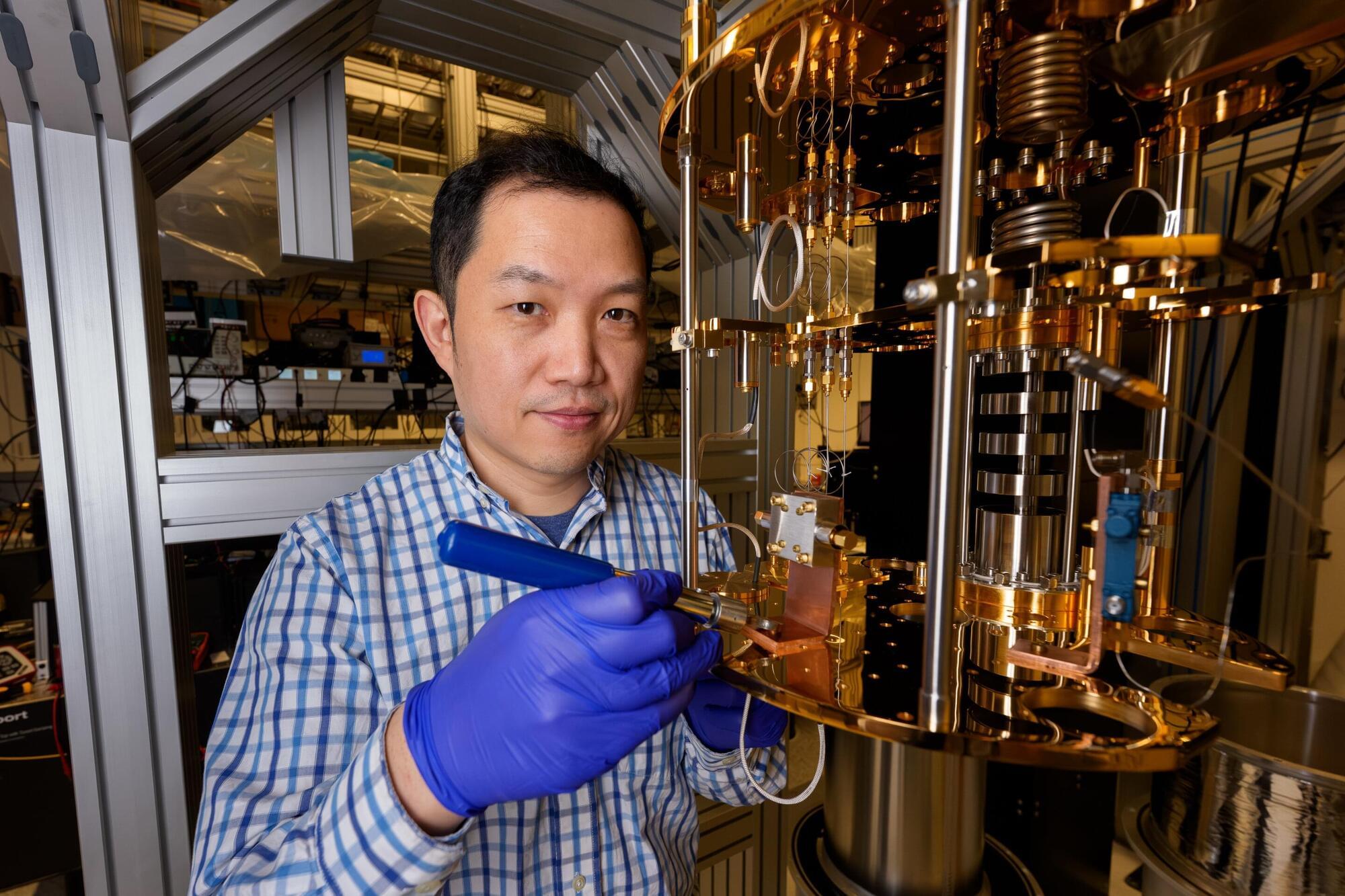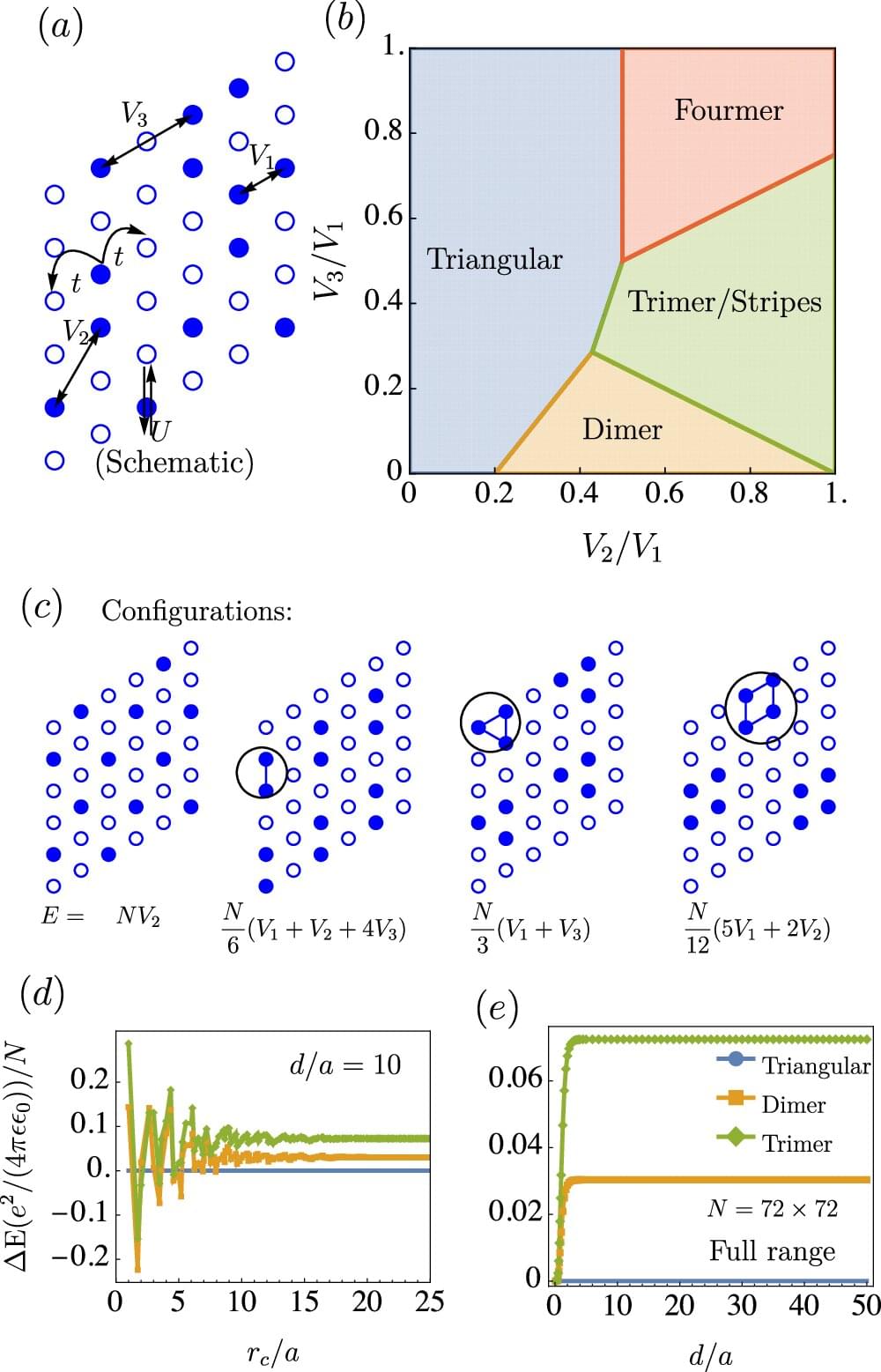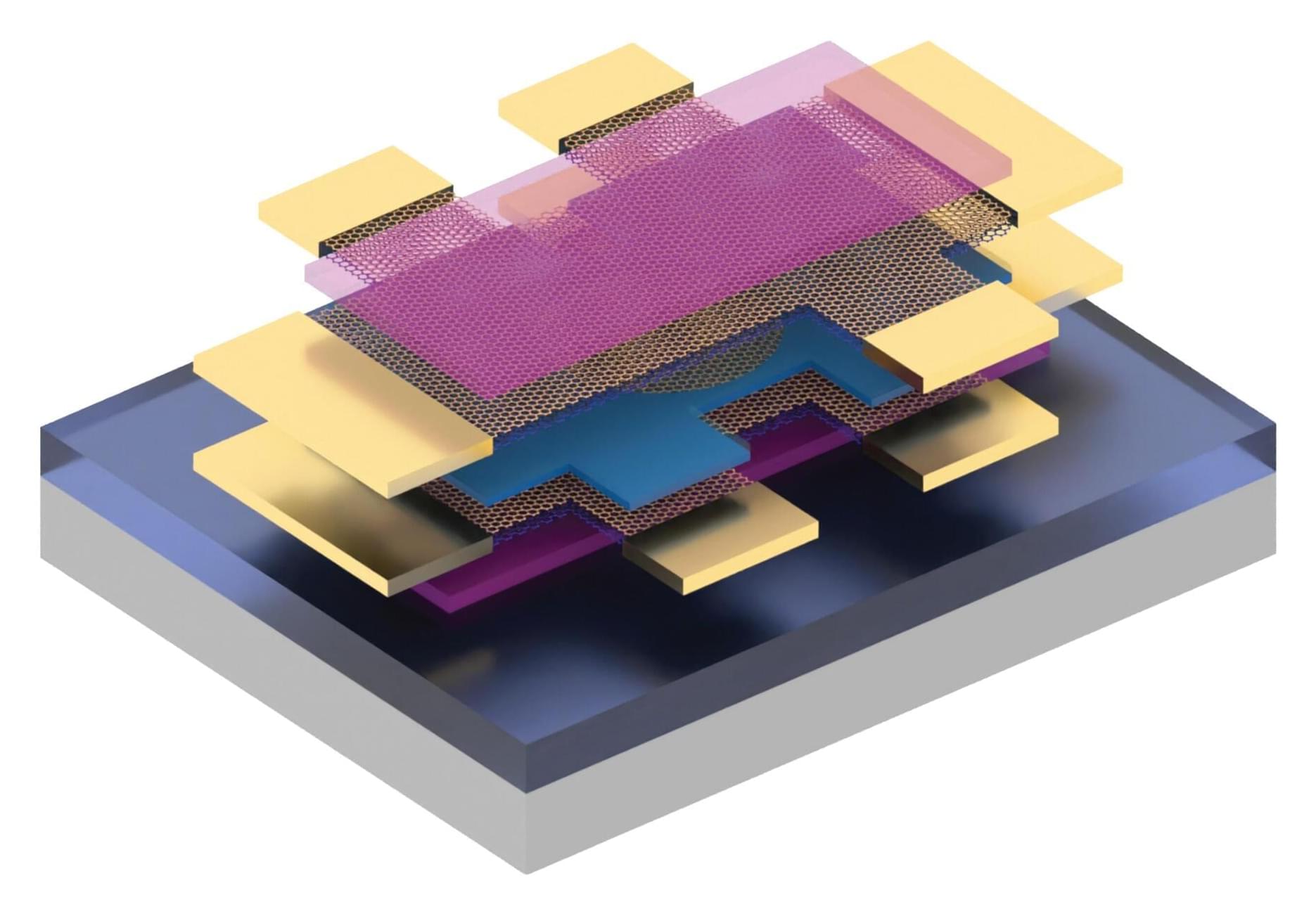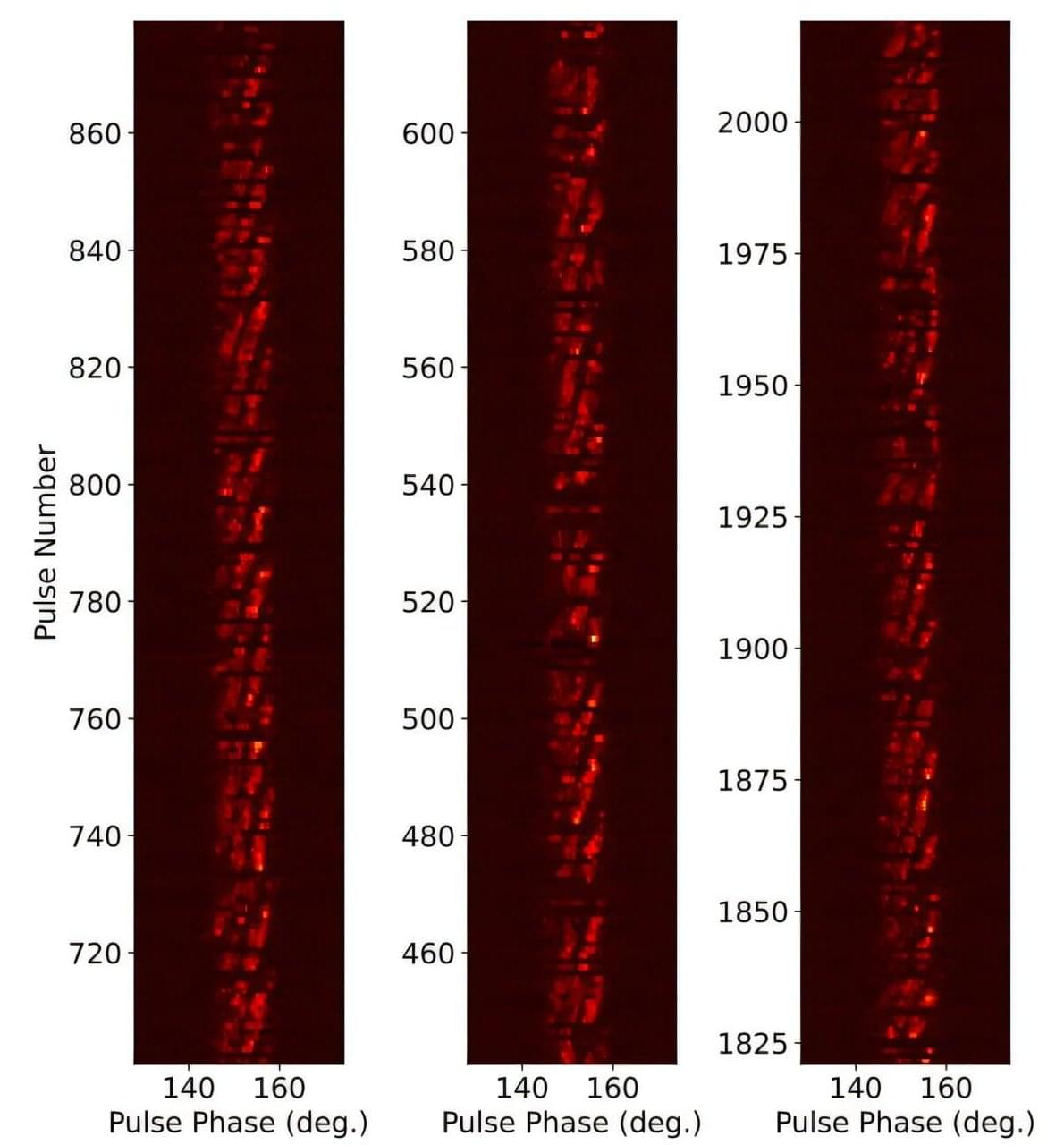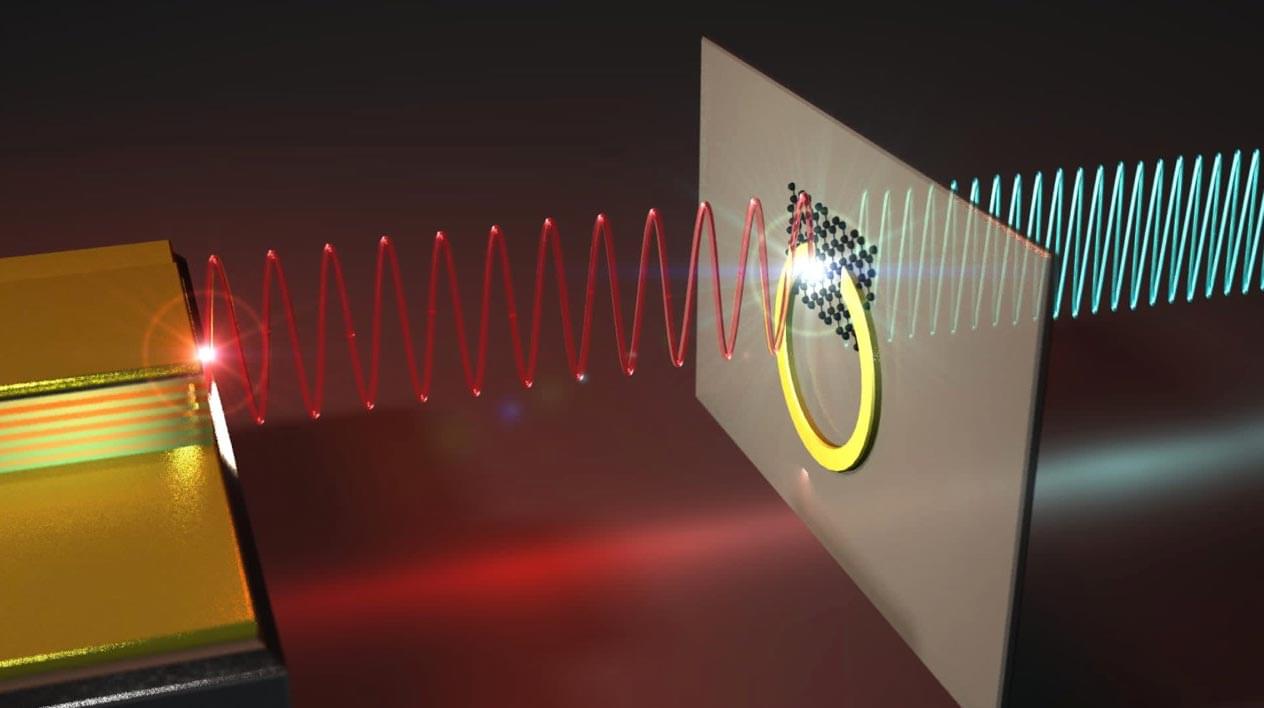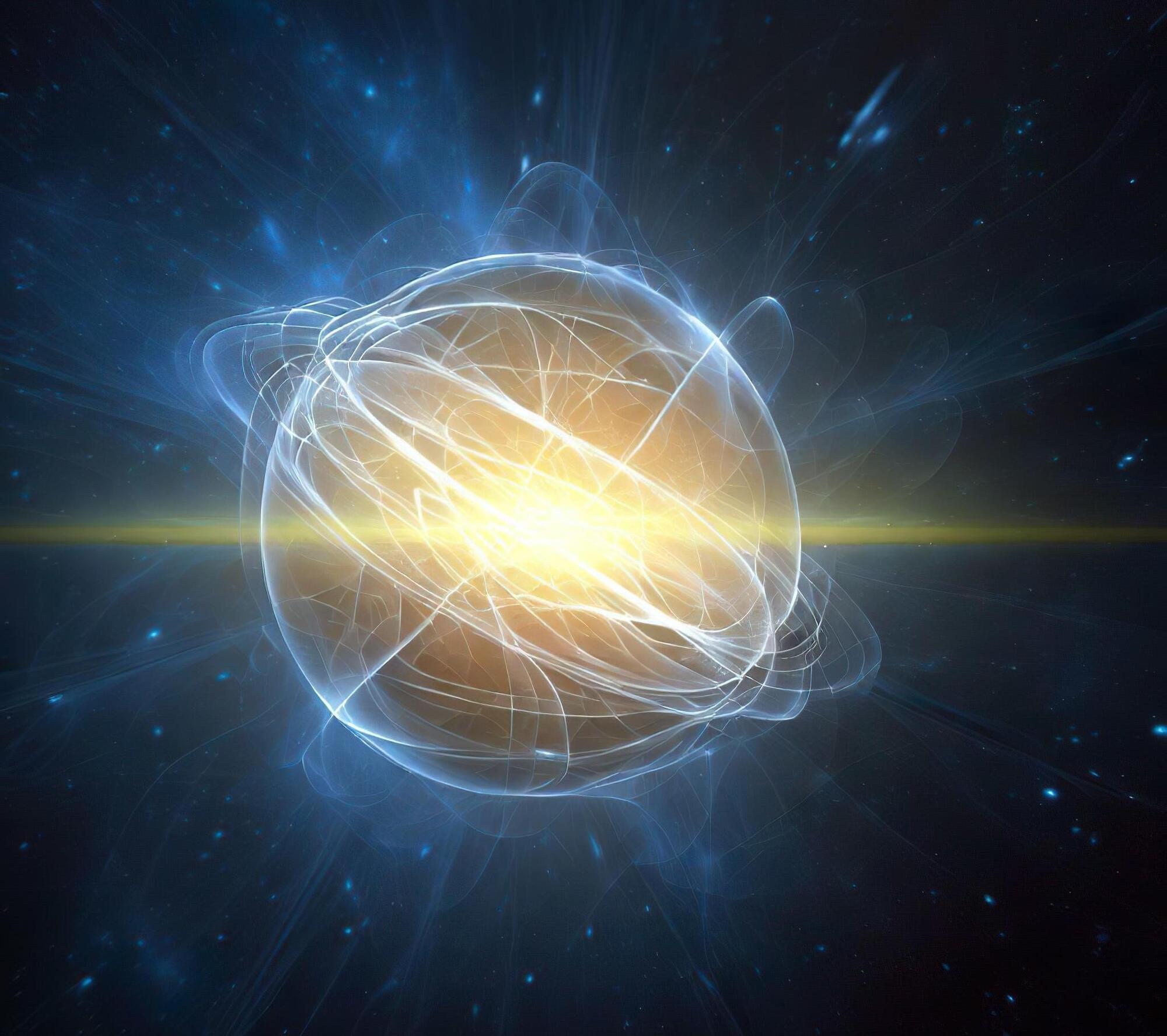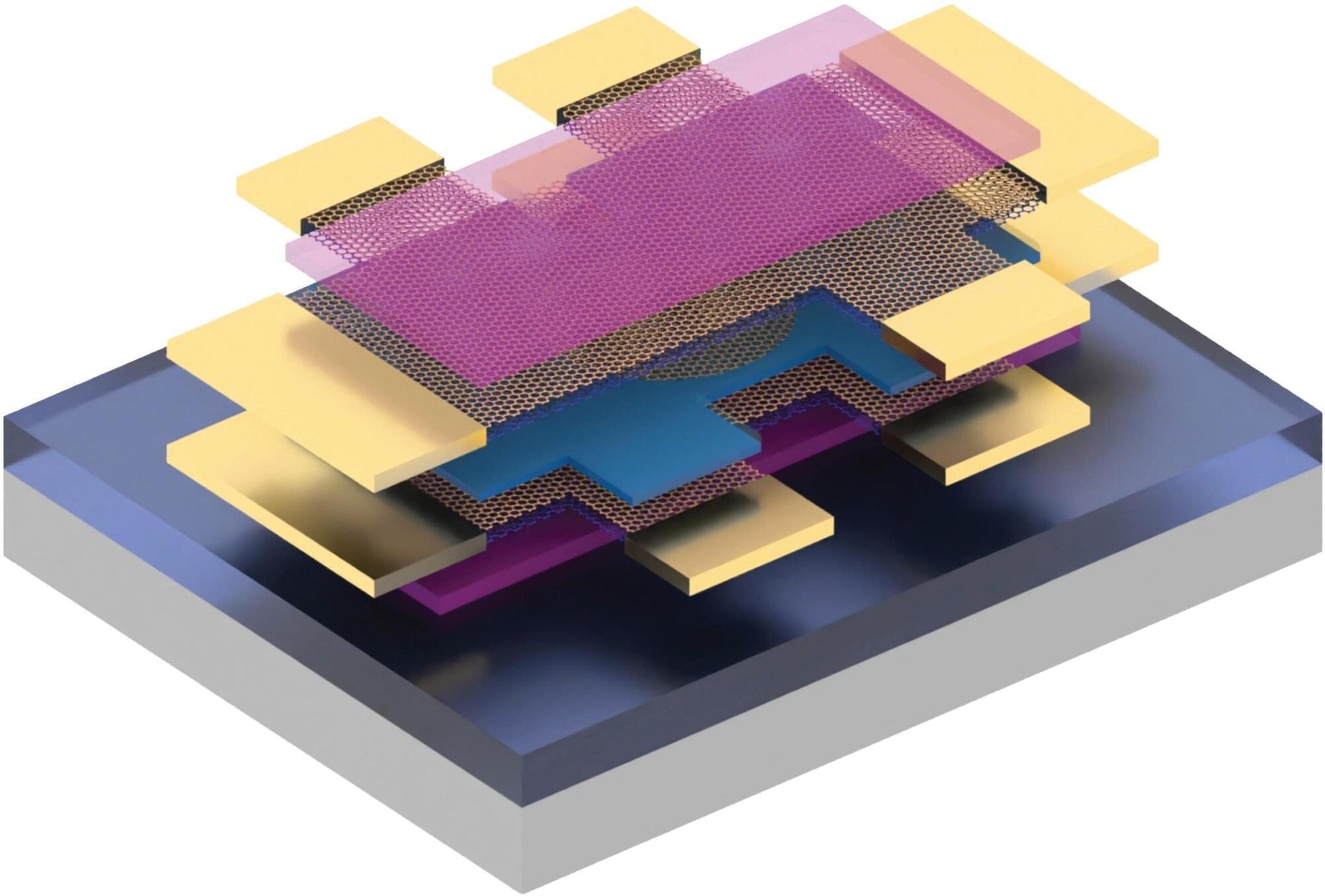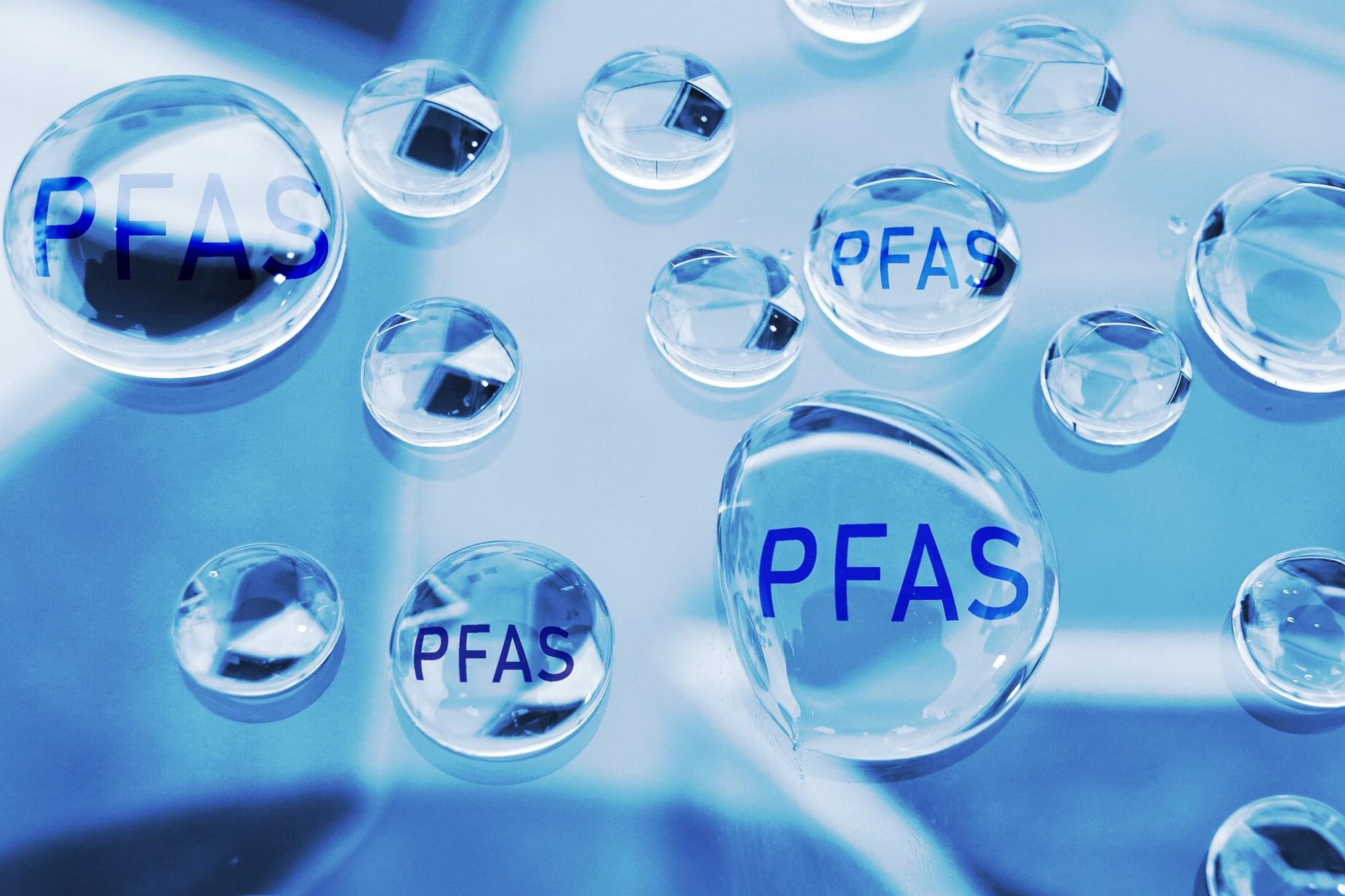Sounds can alter the way the brain interprets what it sees. This is the key finding of a new study by SISSA researchers in Trieste, published in PLOS Computational Biology. The research shows that, when sounds are paired with moving visual stimuli, the latter are perceived differently by rats. In particular, auditory cues systematically alter vision by compressing the animals’ “perceptual space.”
Derived from the integration of behavioral experiments and computational modeling, the researchers’ findings indicate that auditory signals exert an inhibitory influence on visual perception. The study thus provides a new perspective on how the senses communicate within the brain, revealing that even direct connections between primary sensory areas—not only integration within higher-order association cortices—can profoundly influence perceptual experience.
